The talented DJ Biks has been on quite a musical journey.
The official DJ for Jay Sean, he has also had many appearances on TV, including The Ellen DeGeneres Show, The Tonight Show with Jay Leno and the Wendy Williams Show. He has also DJed for P Diddy, Kanye West, Beyonce, Sean Paul, David Beckham, Busta Rhymes, Maroon 5, Lindsay Lohan, Chris Brown, Akon and Alicia Keys, along with high-profile events around the world.
He recently started hosting his own show on the newly-launched Rukus Avenue Radio. Eastern Eye got Biks to select 10 songs he loves.
With You by Jay Sean: The energy of this new track/r’n’b record that Jay came out with is so refreshing. It’s great hearing his sound evolve with each track.
Tip Tip by Badshah: This is a brand new remake of one of my favourite Bollywood songs from the 1990s, mixed with a slight touch of Diwali riddim. My dancehall peeps will understand that last bit.
Magenta Riddim by DJ Snake: I have been a big fan of Snake’s voice. He really has mastered the art of making international sounds. If you notice, he samples Bollywood song Choli Ke Peeche in the horns.
Boasty by Wiley Ft Idris Elba and Sean Paul: Wiley has been killing it in the UK for years. Adding Sean Paul and Idris Elba, of all people, just adds fire to this track. Idris Elba has gone from being an acclaimed actor to DJ and now a rapper. What does this multi-talented man not do?
Contra La Pared by Sean Paul Ft Maluma: This song is literally the best of both worlds. It brilliantly mixes up reggae and Latin. This song will be a summer anthem for sure.
Loud Luxury by Body: House music has been a very big passion of mine. This song just makes you want to sit on the beach and have a mojito.
MIA by Drake Ft Bad Bunny: Drake and reggaeton! Need I say more? This one is a banger and most reading this will agree.
Insomnia by Data: You may remember her amazing vocals from the Chainsmokers song Don’t Let Me Down. This track is from her new EP Insomnia. It is a fun, happy and up-tempo record that will have you driving with the top down.
Yarri Yeah by Mickey Singh Ft Anjali: I see Mickey Singh becoming a huge star. In my opinion, he is the Jay Sean for the new generation. Mickey has brought back the urban desi sound to the masses.
Apna Time Aayega from Gully Boy: The stand-out song from the recently-released film Gully Boy has become somewhat of an anthem. What an amazing sing-along tune this is. This is perfect for those gym sessions that you need the extra push for.
DJ Biks show The Boombox airs on Saturdays at 7 pm GMT / 11 pm PST / 11:30 pm IST.
www.rukusavenueradio.com




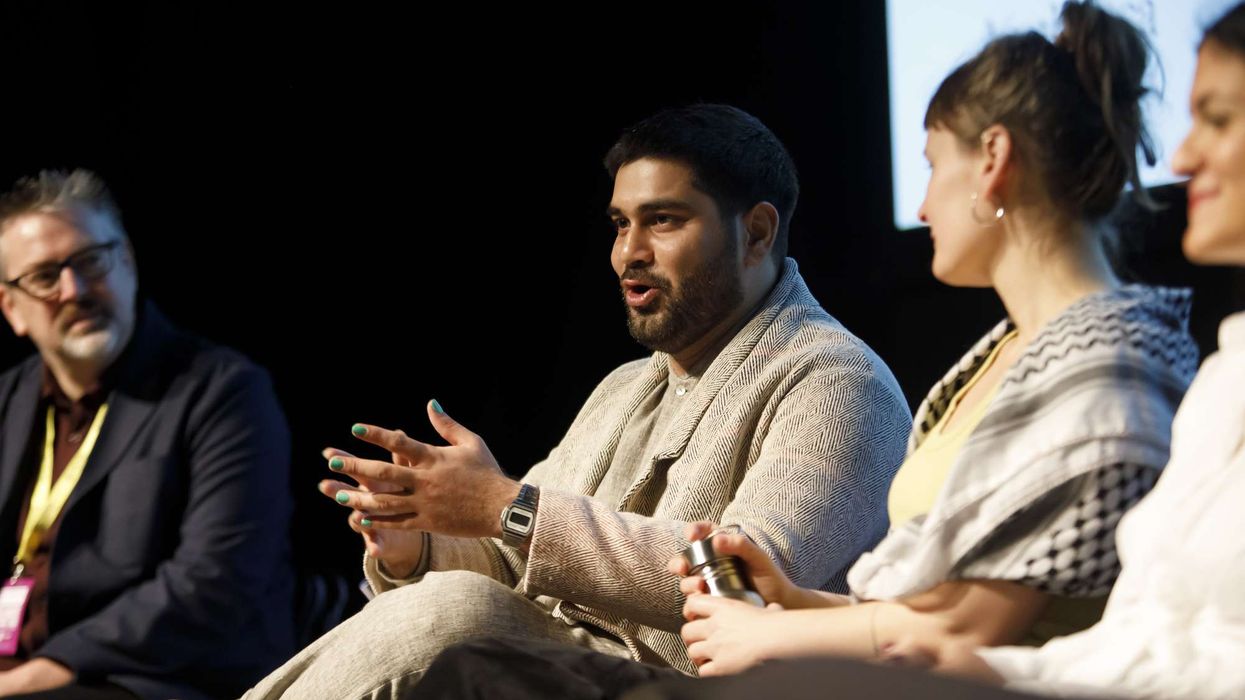
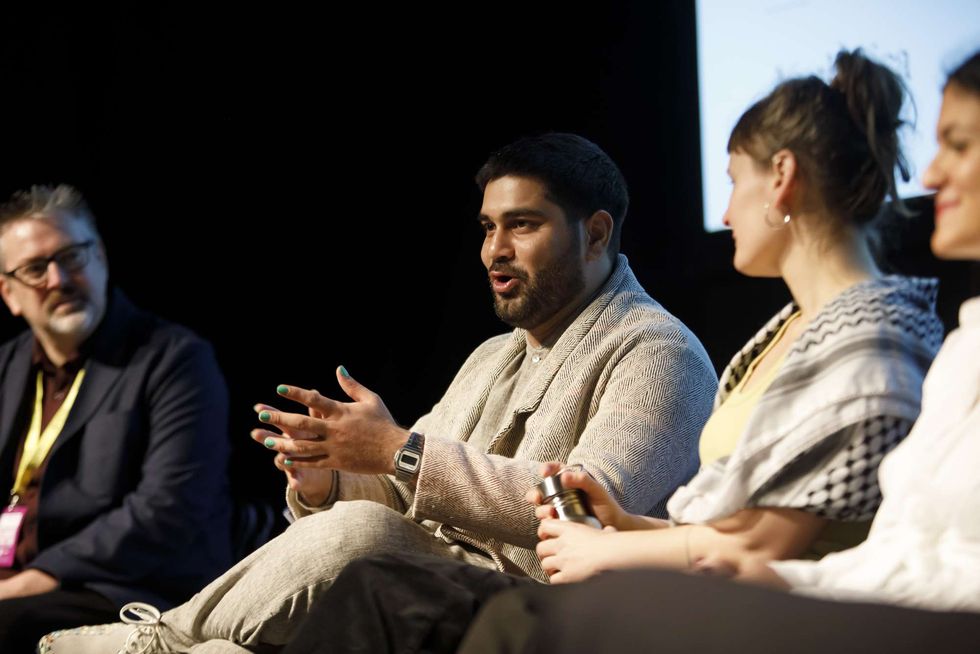 Two Sinners marks Samir Zaidi’s striking directorial debut
Two Sinners marks Samir Zaidi’s striking directorial debut 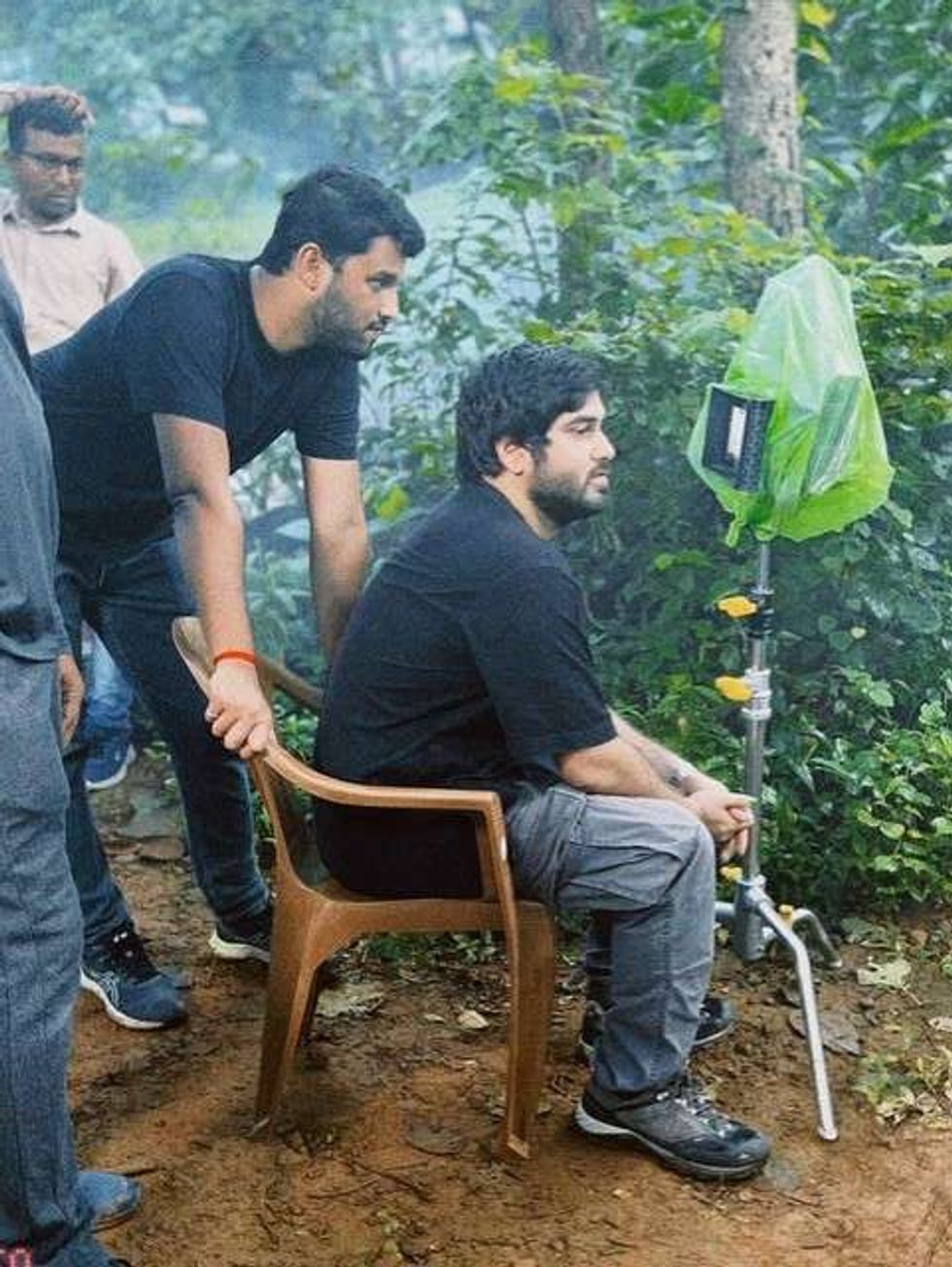 From assistant to auteur: Samir Zaidi’s journey in film
From assistant to auteur: Samir Zaidi’s journey in film Zaidi’s Two Sinners earns acclaim on the festival circuit
Zaidi’s Two Sinners earns acclaim on the festival circuit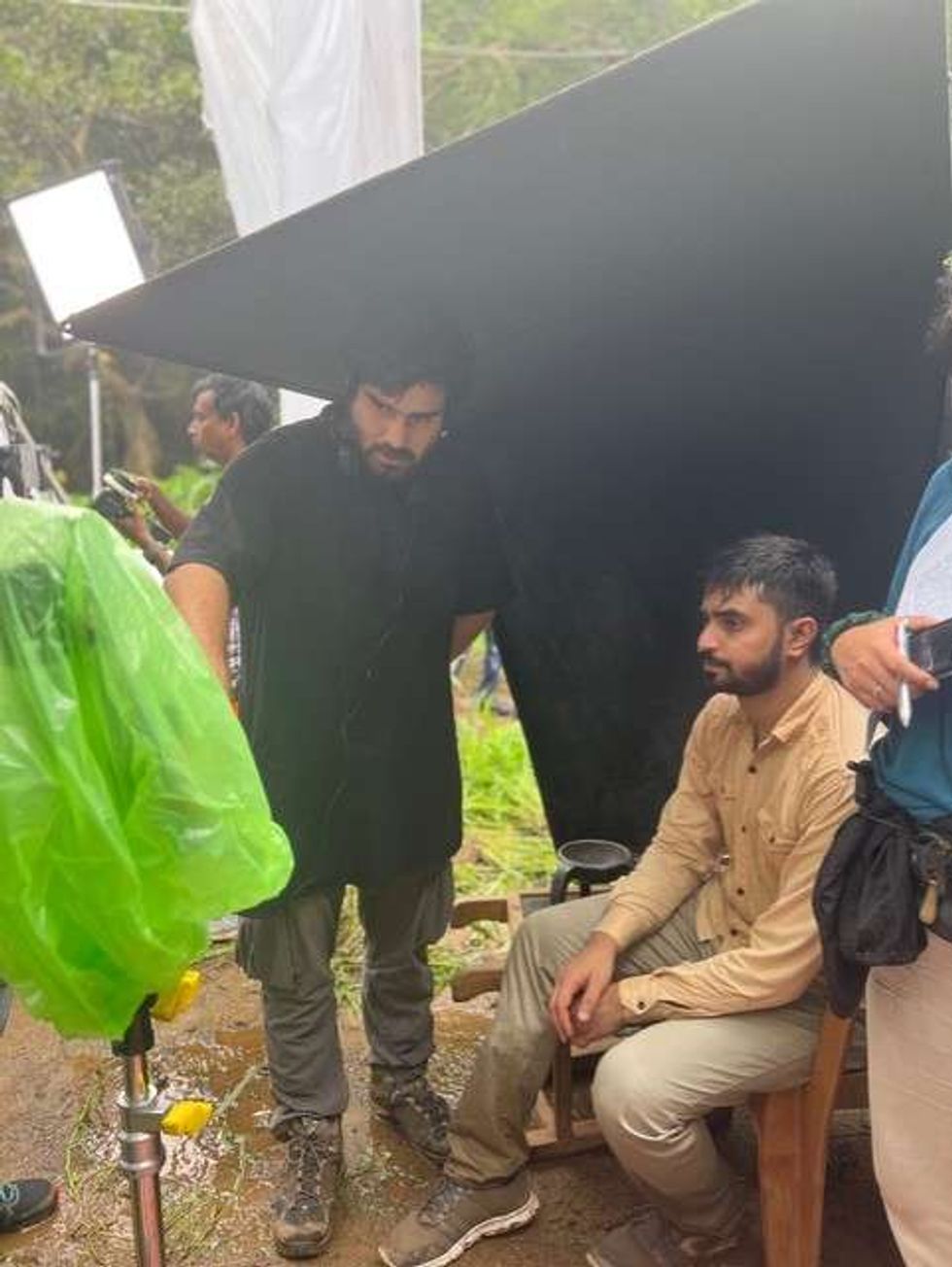 Indian cinema discovers Samir Zaidi’s quiet, powerful vision
Indian cinema discovers Samir Zaidi’s quiet, powerful vision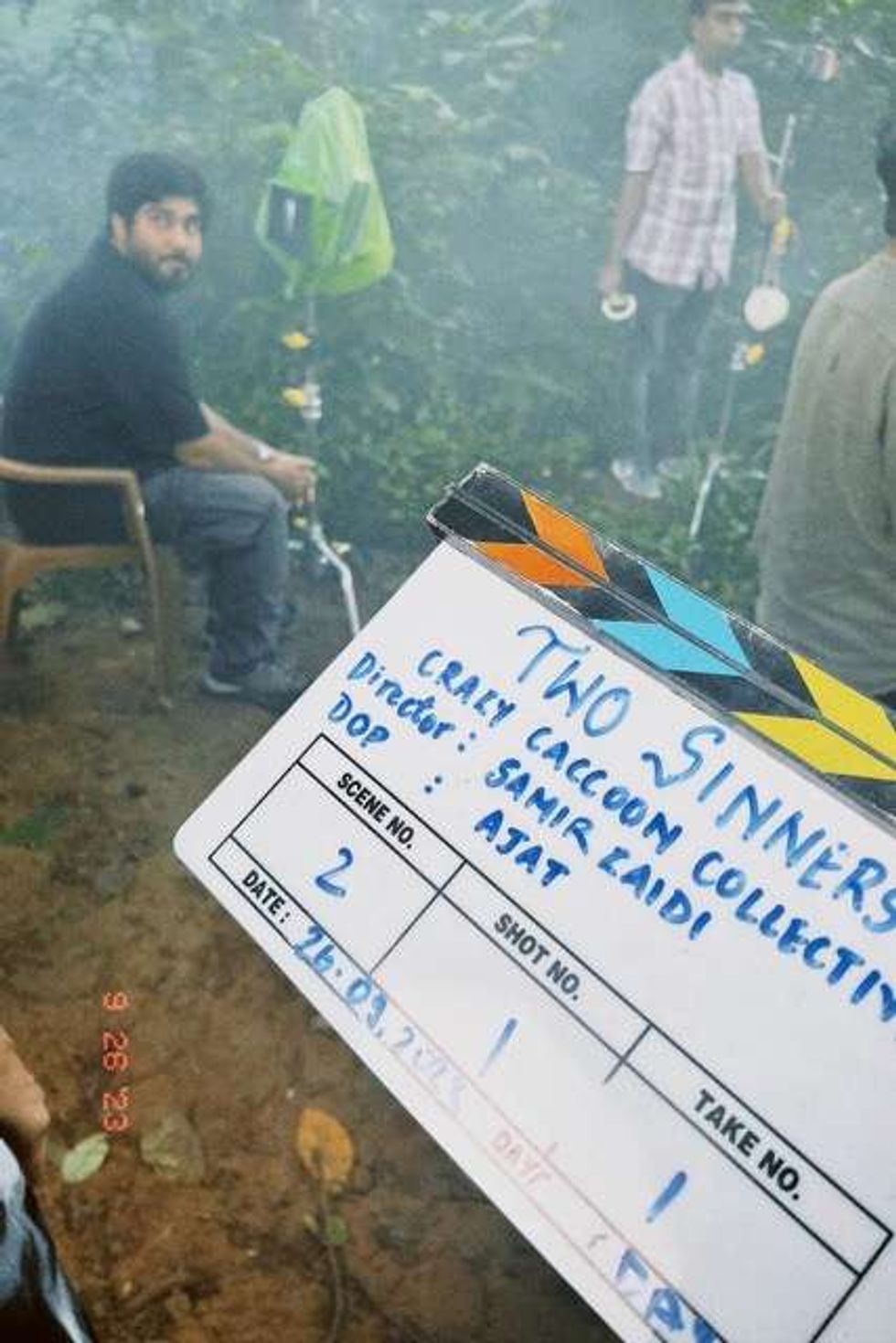 Samir Zaidiwith the Clap Board
Samir Zaidiwith the Clap Board






